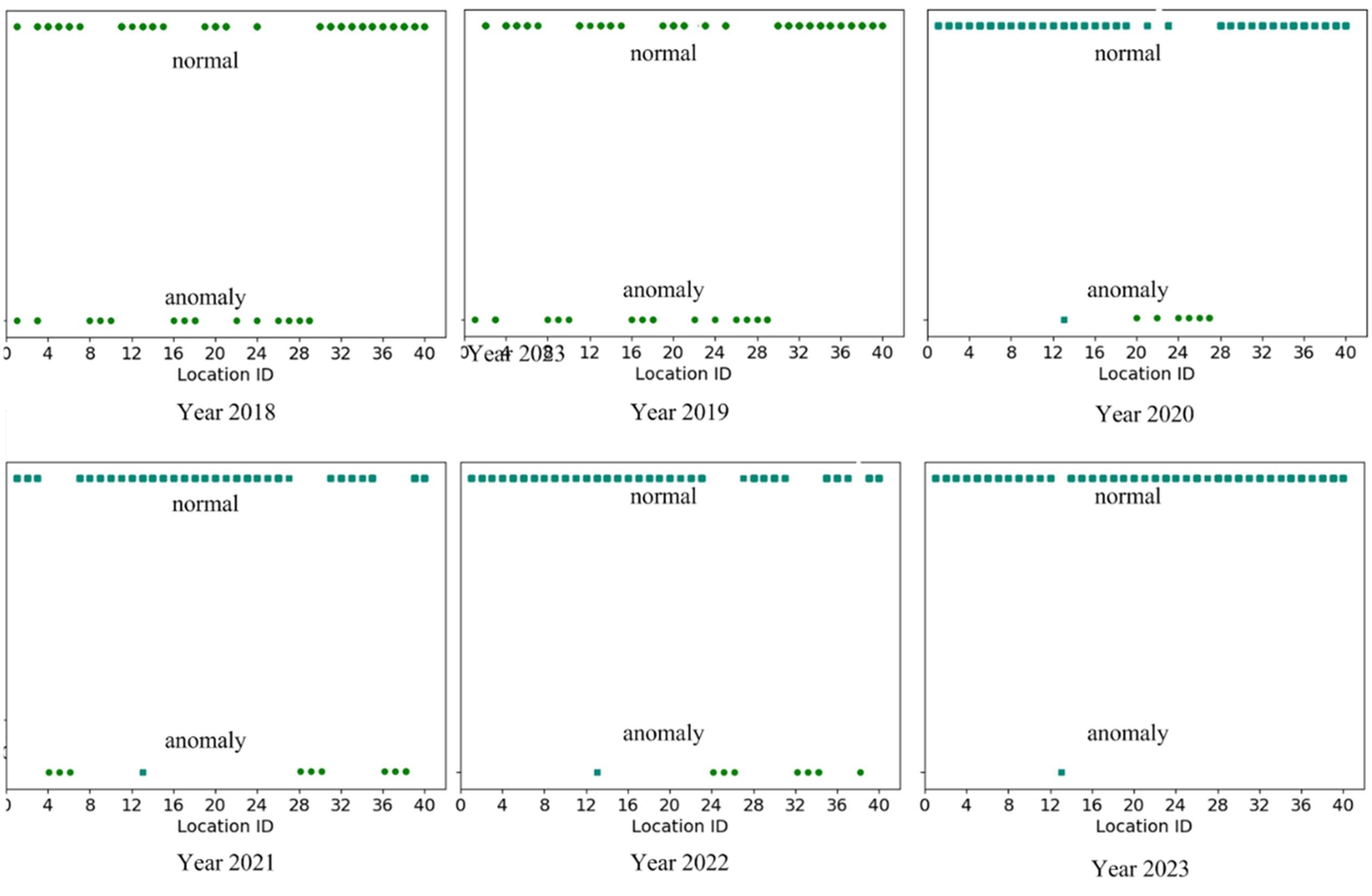
The Yangtze River, the longest river in China and one of the most important water resources in the world, has been facing significant challenges regarding water pollution in recent years. The issue of water quality safety is related to the national economy and people's livelihood. Water pollution incidents not only damage the local water environment, but also seriously affect the drinking water safety of residents. Traditional chemical methods and other water quality anomaly detection methods are often time-consuming and may cause secondary pollution. This paper proposed a machine learning method used for detecting abnormalities of water quality in the Yangtze River, to provide technical support for ensuring water quality safety. The principle is that using the designed support vector machine separates anomalies and normal values, by doing so, anomalies can be mined. Since there are certain differences between the density of normal data and that of anomalous data, estimating the data density of both can assist promote the ability of the support vector machine to mine anomalies. Then, the probability of water quality anomalies is determined by analyzing the characteristics such as the density of outliers in the sequence. Finally, using the collected the data of water quality from forty different regions of the Yangtze River since 2018 to 2023 as the experimental dataset, and experimental results show that the proposed method can effectively detect the anomaly of water quality of Yangtze River.
Total file downloads: 17